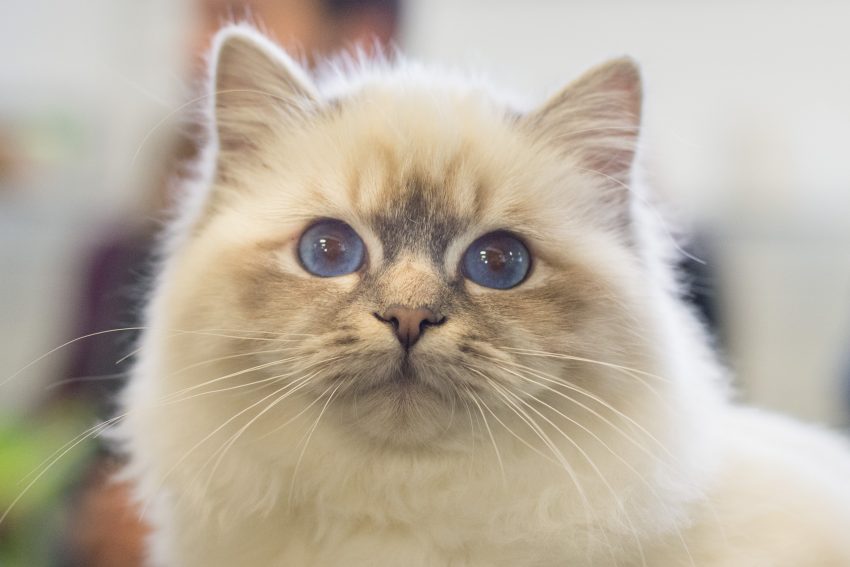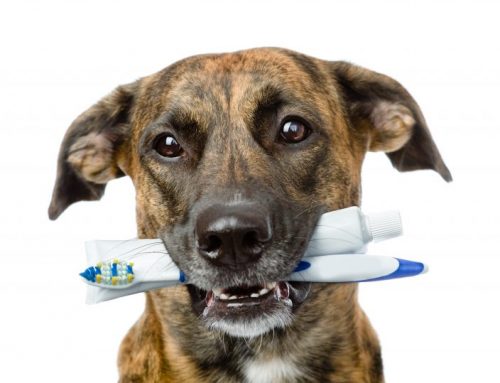Feline tooth resorption is a very painful, and unfortunately a very common condition, in cats. Cells destroy the tooth root surfaces by causing the enamel to erode away. As the disease progresses, the layers of the tooth erode away and the pulp cavity becomes exposed, causing pain and sensitivity. Studies worldwide show a prevelance of up to 75% of cats experiencing tooth resorption.
Feline oral resorptive lesions may also be called “neck lesions” or “cervical line lesions”.
HOW WOULD I KNOW IF MY CAT HAS A RESORPTIVE LESION?
Visually it may appear that the gingival tissue is growing into the tooth or covering the tooth. It may also appear as a hole in the tooth. Sometimes tooth resorption may not be apparent until dental radiographs are taken. However, cats are very careful not to show any type of pain. Any owner could overlook this medical issue. Monitor for changes in appetite or demeanor (less playful).

WHAT IS THE CAUSE?
The exact cause of feline oral resorptive lesions is undetermined. Commonly cats that have been diagnosed with one resorptive lesion will experience additional lesions in the future.
HOW CAN WE PREVENT TOOTH RESORPTION?
It is not possible to prevent tooth resorption because we do not know the exact cause. Early recognition is key. Annual oral exams performed by your veterinarian would be the best preventative care.
WHAT IS THE TREATMENT FOR RESORPTIVE LESIONS?
Most often the proper treatment is extraction of the affected tooth.

WHAT KIND OF DENTAL CARE CAN I PERFORM AT HOME?
It is best to brush your cats teeth daily. This will give you an opportunity to monitor your cats dental health. Watch for excessive salivation (drooling), oral bleeding, or gingival inflammation.
Would you like to learn how to brush your cats teeth? Click here








Leave A Comment